Tiago Forte – Building A Second Brain Foundation
$499.00 Original price was: $499.00.$21.00Current price is: $21.00.
Tiago Forte Building A Second Brain Foundation Course [Instant Download]
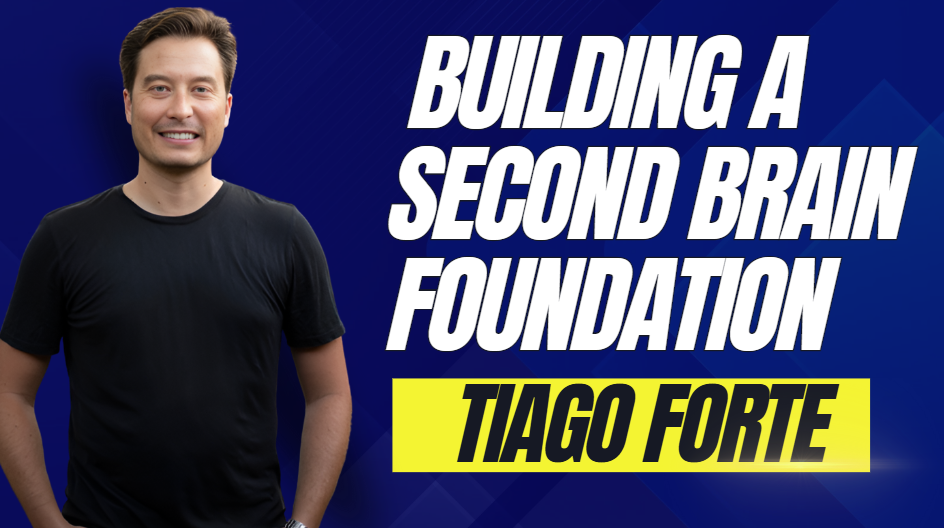
1️⃣. What is Tiago Forte Building A Second Brain Foundation?
Tiago Forte Building A Second Brain Foundation is a productivity course that teaches you how to create a digital system for storing and using your best ideas.
Tiago Forte shows you his step-by-step CODE method—Capture only what matters, Organize for action, Distill the key points, and Express your ideas through projects.
The course helps you stop forgetting important information, find anything in seconds, and finish more projects with less stress. You’ll learn how to make your notes work for you instead of just collecting digital clutter.
📚 PROOF OF COURSE
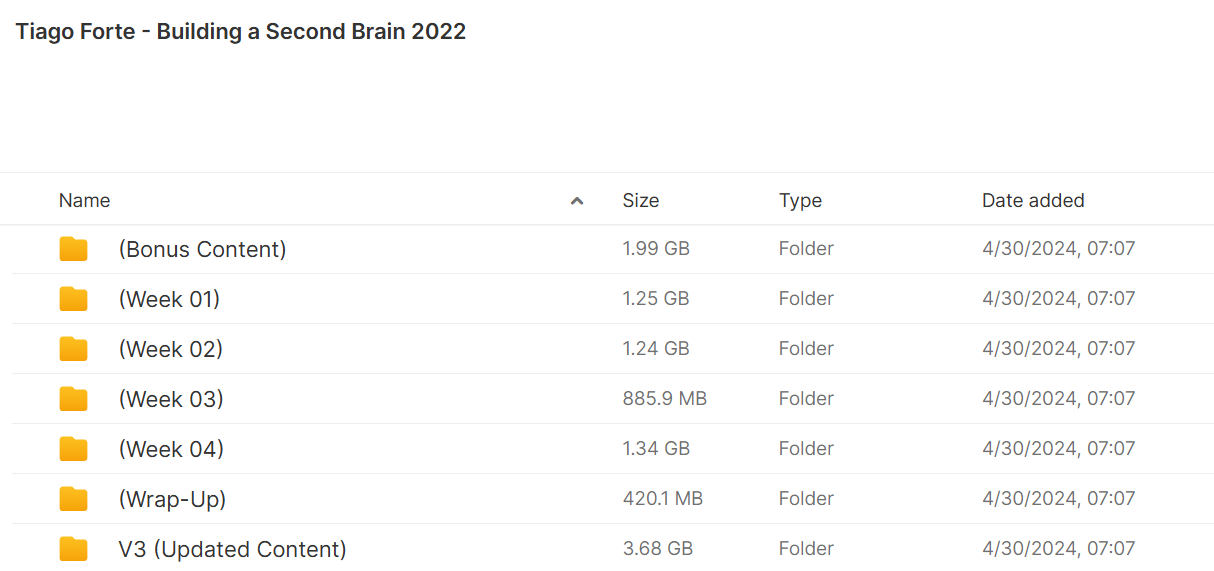

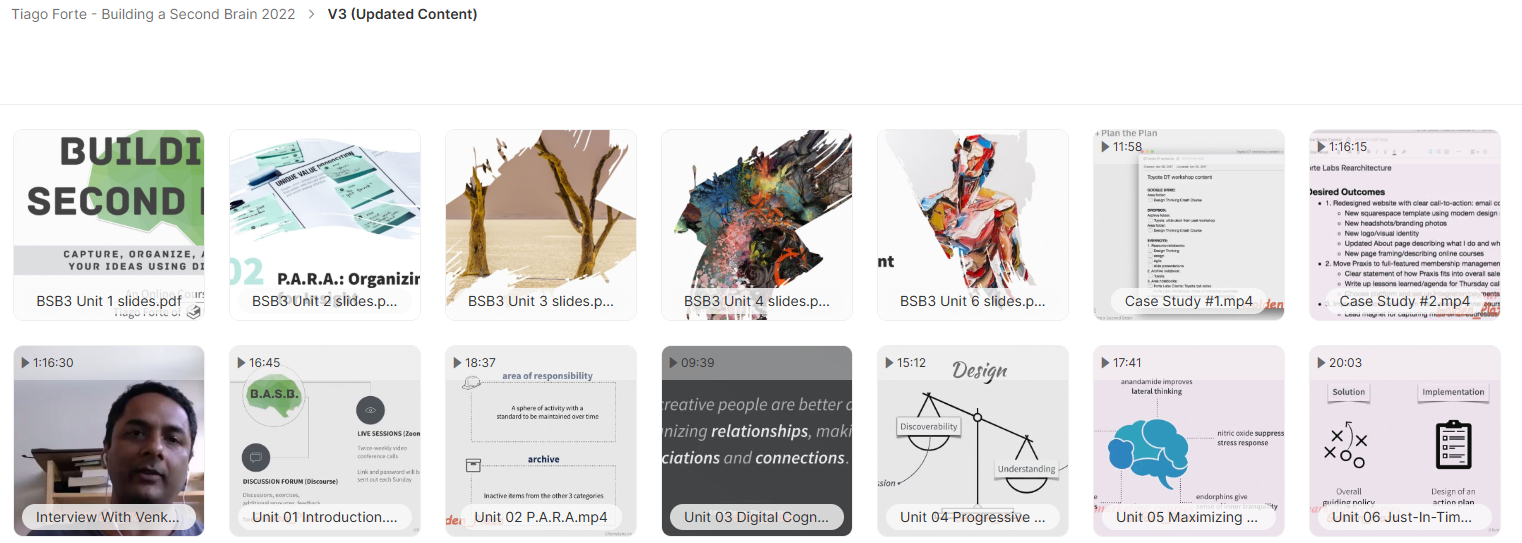
2️⃣. What you’ll learn in Building A Second Brain Foundation:
Building A Second Brain Foundation gives you a complete system to organize your digital life and boost your productivity. Here’s what you’ll learn:
- The CODE system for turning information into results (Capture, Organize, Distill, Express)
- How to set up your personal Second Brain using your favorite note-taking app
- The PARA method for organizing all your digital information by actionability
- Progressive Summarization techniques to make your notes more useful
- Project management methods that use your Second Brain to get things done
- Weekly and monthly review habits to stay productive
This course helps beginners overwhelmed by too much information and professionals who want to work smarter. By the end, you’ll have a system to save important ideas, find them easily, and turn them into real results.
3️⃣. Building A Second Brain Foundation Course Curriculum:
✅ Week 1: Basics and Getting Organized
Week 1 covers the key ideas of knowledge management and introduces the P.A.R.A. system (Projects, Areas, Resources, Archives). Students learn why organizing digital information matters and start building their own system.
The course starts by explaining how we can use tools outside our brain to help us think better. The P.A.R.A. method is shown as a simple way to organize all your digital information, focusing on what you need to do rather than complex sorting.
Key lessons include organizing based on what you need to do rather than topics, setting up P.A.R.A. across your digital tools, and understanding how keeping things organized outside your head helps you think better.
✅ Week 2: Digital Thinking and Information Summarizing
Week 2 explores how digital tools can help your thinking and teaches Progressive Summarization – a way to boil down information step by step without losing its meaning.
Students learn to see digital tools as helpers for their brains and develop ways to capture and process information well. The Progressive Summarization method shows how to highlight and simplify complex information in layers, making it easier to use later.
This part challenges old ways of organizing information (like tagging) and gives hands-on exercises for using Progressive Summarization with your own notes and resources.
✅ Week 3: Making the Most of Your Focus and Managing Projects
Week 3 is about getting the most value from your attention through smart information management and introduces Just-in-Time Project Management to turn knowledge into actual results.
Students learn to judge information based on its possible value and how to focus on high-value activities. The Just-in-Time approach helps turn collected knowledge into real projects and outcomes.
Key ideas include spotting and focusing on valuable information, creating workflows that make the best use of your attention, and using project systems that draw from your organized knowledge.
✅ Week 4: Personal Workflow and Putting It All Together
The final week helps students combine all previous ideas into a personal workflow and shows how these systems create value in both personal and work life.
Students design their complete system using the PKM Workflow Canvas and learn to adjust for different needs. Real examples show how these methods work in various fields and situations.
This section ends with “The Big Picture” – connecting your knowledge system to bigger goals of personal growth, work success, and creative output.
✅ Bonus Content
The bonus materials add more topics from guest experts. Chuck Frey’s sessions on Creative Problem Solving and Visual Thinking give techniques for better creativity and problem-solving.
Stacey Harmon and Kristi Willis share Evernote tips with their “Untethered With Evernote” resources and “Becoming an Evernote Power User” sessions. Ting Kelly’s “Experience Design and Creative Flow” sessions show how to set up good environments for creative work.
✅ V3 (Updated Content)
The V3 folder has newer course materials with better presentations, more examples, and an interview with Venkatesh Rao. This updated content follows the same structure but adds new insights and clearer explanations.
The updated examples show more ways the Building a Second Brain method can be used in different work settings. The interview with Venkatesh Rao adds expert views on managing information and knowledge work.
4️⃣. Who is Tiago Forte?
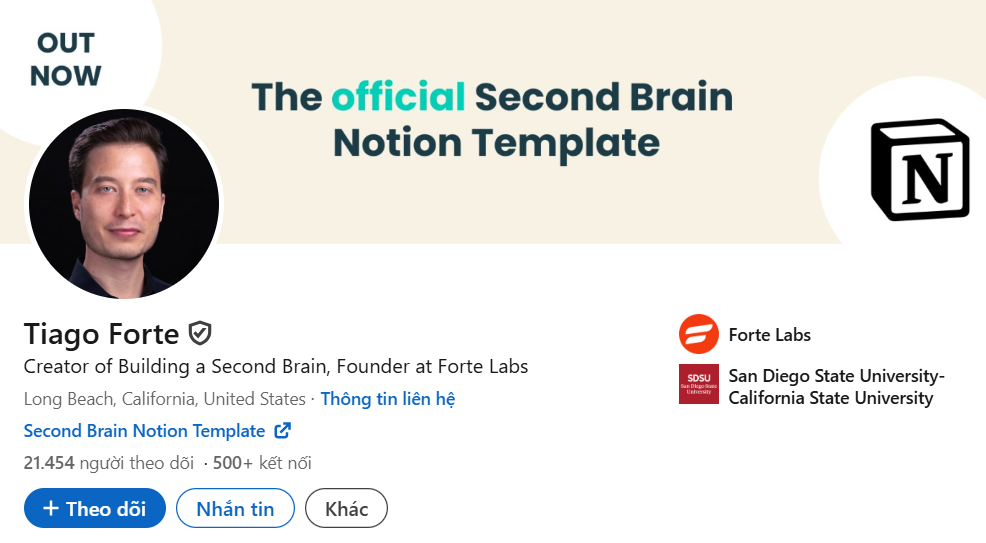
Tiago Forte created the Building A Second Brain method and is a leading productivity expert.
He founded Forte Labs, which helps thousands master personal knowledge management. His journey started when fighting a chronic illness, leading him to develop better ways to organize information.
Tiago wrote the bestselling book “Building a Second Brain” and has been featured in The New York Times and Harvard Business Review.
His teaching focuses on practical systems that work on any platform. He’s taught over 5,000 students worldwide, including professionals from Google and Uber.
Tiago speaks at conferences globally and hosts the “Forte Labs Podcast” about productivity and knowledge management.
5️⃣. Who should take Tiago Forte Course?
Building A Second Brain Foundation is for anyone feeling buried under digital information who wants to create order from chaos. This course helps:
- Knowledge workers who handle lots of information daily and need to turn it into valuable work.
- Creators who struggle to organize ideas for content, presentations, or creative projects.
- Students who want better ways to capture and use what they learn instead of just taking notes.
- Entrepreneurs who need systems to track all parts of their business without missing details.
- Professionals looking to advance their careers through better information handling and project completion.
If you often feel overwhelmed by information, can’t find things you saved, or struggle to finish important projects, this course gives you the tools to take back control.
6️⃣. Frequently Asked Questions:
Q1: What is a digital note-taking system?
Q2: How do I choose the right note-taking app?
Q3: What is the CODE system for digital notes?
Q4: How can I organize digital notes effectively?
Q5: How do I stop forgetting important information?
Be the first to review “Tiago Forte – Building A Second Brain Foundation” Cancel reply
Related products
Best 100 Collection
Best 100 Collection
Personal Development
Best 100 Collection
NLP & Hypnosis
Personal Development
Healing
Best 100 Collection



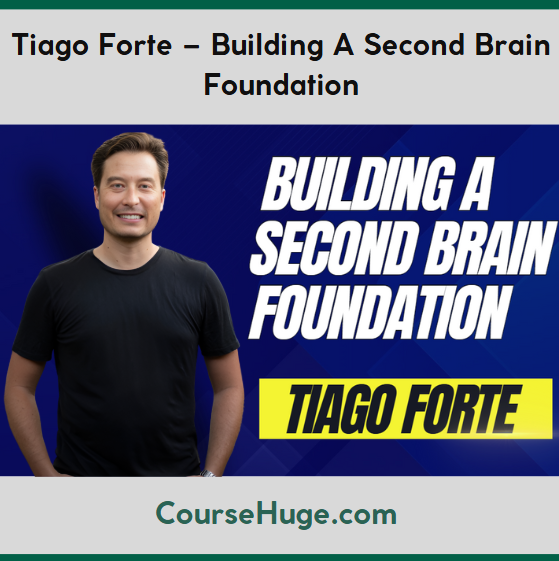


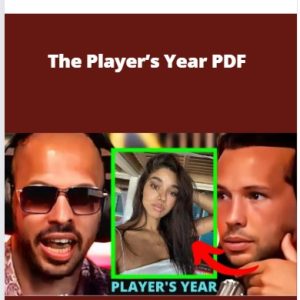
![[Bundle] Best 28 Tai Lopez Courses](https://coursehuge.com/wp-content/uploads/2024/01/Bundle-Best-28-Tai-Lopez-Courses-300x300.jpg)
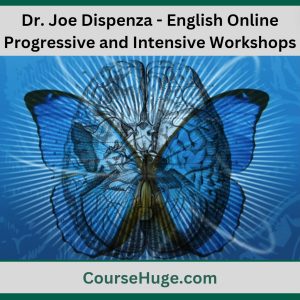


![[Bundle] Top 19 Brendon Burchard Courses](https://coursehuge.com/wp-content/uploads/2023/09/Bundle-Top-19-Brendon-Burchard-Courses-300x300.jpg)
Reviews
There are no reviews yet.